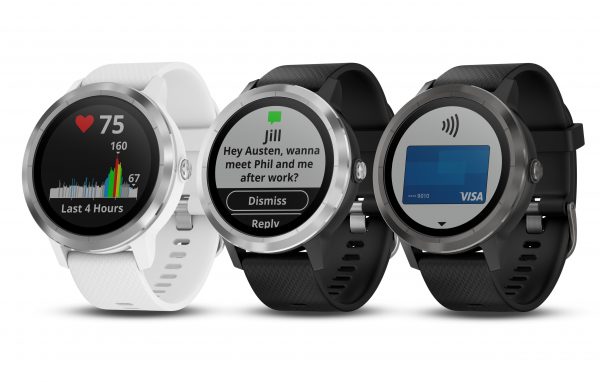
Garmin, the 30-year old public company known for its innovation in GPS navigation systems, is making a major play in the wearable market dominated by companies like Apple and Fitbit.
While the company may not have the same kind of immediate name recognition as some of the other companies in, they have been quietly building their brand and product offerings in the wearables space.

The Power of One: Redefining Healthcare with an AI-Driven Unified Platform
In a landscape where complexity has long been the norm, the power of one lies not just in unification, but in intelligence and automation.
The fitness category of Garmin makes up roughly a quarter of the company’s revenue driven by growth in wearable device sales. The company’s website shows offers 20 different types of fitness trackers and smartwatches, outstripping the number of products sold by competitors like Fitbit, Apple and Withings.
Following larger trends in the space, Garmin has increasingly started to shift its wearables business towards the health and wellness space, especially for use in biomedical research and clinical trials. In the corporate wellness space, Garmin is one of the participants in UnitedHealthcare’s Motion program, which allows members to “walk off” the price of their device.
Wearables have found interest and traction among researchers due to the ability to capture real world data and health metrics that are less biased than measurements that happen during clinical visits. The devices have the advantage of collecting collecting a dataset longitudinally, which provides more robust and nuanced information to analyze.
Garmin Health Global Product Lead Travis Johnson tracked the progression of the company’s business from the performance athletics to corporate wellness to population health and now into research and patient monitoring.

As Healthcare and Biopharma Companies Embrace AI, Insurance Underwriters See Risks and Opportunities
In an interview, Munich Re Specialty Senior Vice President Jim Craig talked about the risk that accompanies innovation and the important role that insurers play.
“We’ve created all of these software services and platforms to make it really easy for our partners in these spaces to get access to the data and analyze them and provide their own answers for things like movement as part of these trials,” Johnson said in a phone interview.
Last year, the company signed deals with remote monitoring and analytics company Actigraph and research device company Fitabase to boost the use of its products in academic and pharmaceutical research. Johnson said that Garmin’s devices can be used to gather ancillary data that can better inform product development and further research.
“I think you’re seeing the innovation groups in the pharmaceutical companies understand that they can get multiple use out of some of these trials they are doing that go on for multiple years,” Johnson said. “The more data you collect, the better it may be to make use of that for other purposes later. ”
The company is also pursuing its own clinical trials with the University of Kansas meant to prove out healthcare capabilities in conditions like sleep apnea and atrial fibrillation detection.
Johnson pointed the company’s work in highly-regulated fields like aviation as experience that lends itself to working through regulatory bodies like the FDA. He added that ownership of its own manufacturing facilitates and a long history of mechanical engineering expertise is an advantage over traditional consumer device companies trying to make the jump into healthcare.
The company’s pure volume and range of devices are also an advantage as researchers look for specific wearables that meet their study needs. Garmin’s products range from simple activity and sleep trackers with a year battery life to the higher end devices with sensitive heart monitoring capabilities and five to seven day battery life.
Brian Chapman, a principal with consulting firm ZS, said that the company’s wide range of products is central to its healthcare strategy and similar to how it has successfully entered other consumer markets.
“I have always been impressed with Garmin’s product engine to launch into so many different consumer spaces. They seem to rapidly flood the market with many models and applications to see which will gain traction,” Chapman said.
“To me it appears that they are applying that same rapid and prolific product strategy in healthcare – picking multiple partners and making multiple bets on the assumption that at least one will take off.”
Chapman added that he believed that there won’t be a single winner when the healthcare wearable landscape shakes out, with different companies developing different specialties. One challenge the company will have to overcome though is moving past Garmin’s core userbase of distance runners and relatively active users and into the larger population.
Johnson responded to the critique of these sorts of healthcare wearables being targeted to the “worried well” by highlighting the capability of a wearable to detect sleep apnea.
“I came from a pretty remote area in western Kansas and access to things like sleep clinics are a big deal for people,” Johnson said.
“If you can do an assessment in your home and add into that the ability to talk to a doctor right away if there’s a possible issue in a way that makes it low impact for the person having problems, that a huge benefit to public health.”
Picture: Garmin Health






